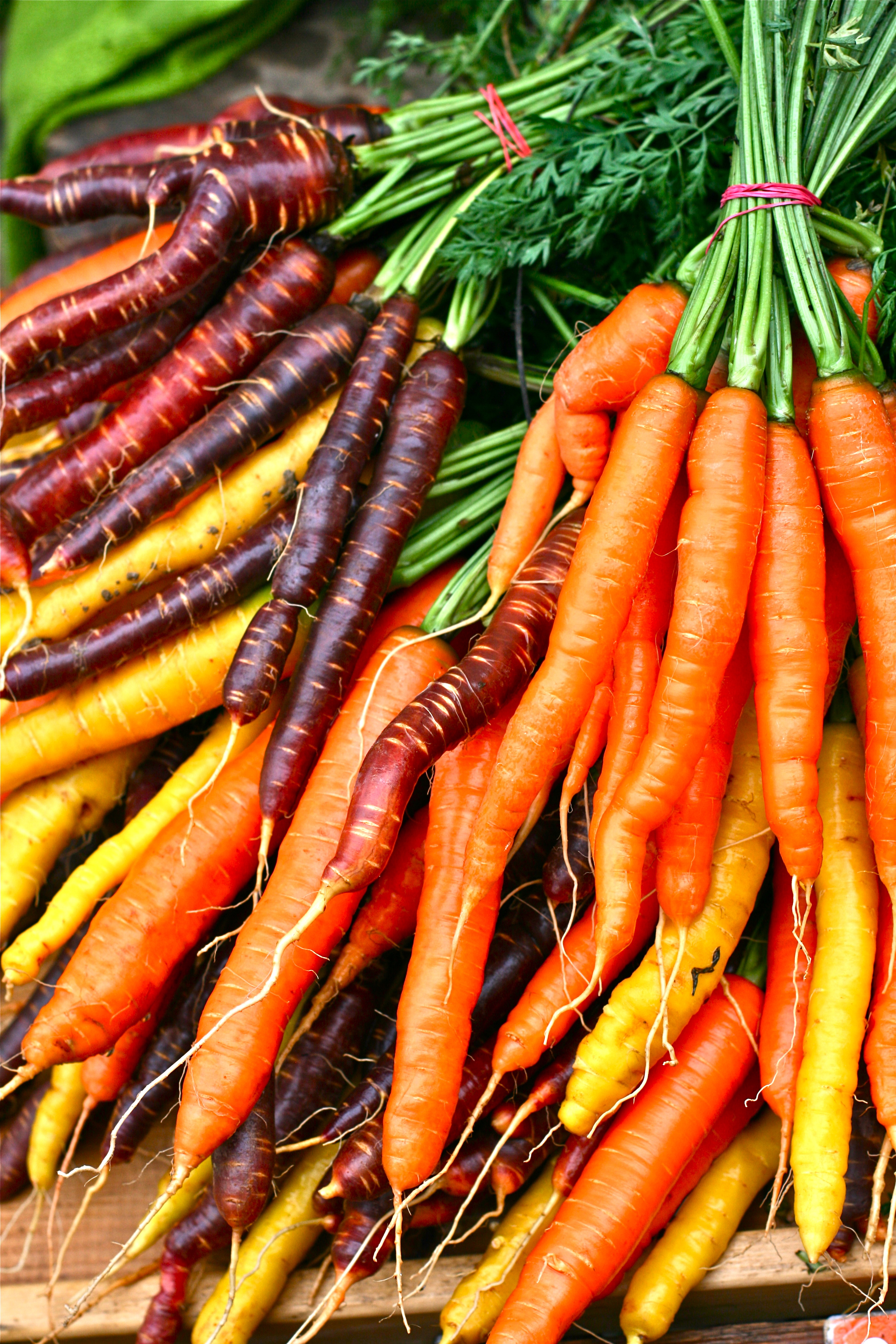FoodieCatalog
Demystifying the mystery around Miso
What is this 'Miso'??
While watching various international cookery shows, or reading recipe books we often come across very peculiar, unfamiliar yet interesting ingredients. One such contender is Miso. You will find it in many Japanese recipes ranging from Dashi soup to vegetable stocks to pickling meat. By now you have probably guessed that miso is an extremely versatile ingredient and is the soul of many Japanese delicacies.
 |
| Miso soup |
 |
| Pickled vegetables served with miso, shiromiso and akamiso |
So what is this miso? It is one of the most popularly used Japanese seasonings. Miso comes in the form of a thick paste made from fermenting soya beans with some salt and a very specific fungus Asperigillus oryzae. Depending upon the taste requirement, other ingredients like rice, barley etc may also be added during the fermentation process. The taste of miso may be loosely termed to be earthy, although predominantly salty.
The traditional miso has an ochre tinge, but white and red variants known as Shiromiso and Akamiso respectively are also manufactured.
 |
| Variants of Miso paste |
The origin of the word miso still remains a mystery. But during the medieval times, miso was used as military provision in Japan. The high source of protein and its versatility made it an excellent substitute. The production of miso was an important economic activity.
If you happen to find some, miso can be incorporated into a variety of modern and western dishes like winter salad dressings(miso slaw), marinades for fish or grilled vegetables, dumpling soups etc.
Gastronomy and Civilization
Gastronomic Fingerprints and Civilization
Gastronomical investigation is one of the key factors in the study of civilizations. Right from the basic classification of whether or not a certain civilization cultivated land, to the more advanced study involving methods of cooking prevalent at a particular time in history, Food has always been central to the documentation of early human life.
We have definitely come a long way from roasting hunted animals over open wood fire to cooking gourmet dishes in cryovac units. Every culture has carved its own niche in the great wall of cuisine diversity. Right from the warm, comforting broths of South East Asia to the mouthwatering Pastry creations of Central Europe, and from the delectable, aromatic Indian curries to the modern fusion cuisine of North America, every delicacy speaks mounds of the region it comes from.
Each cuisine is like a window into the lives of its people. It tells the story of the local produce, the eating habits and of course its history. Historic stories and legends revolving around food make the most interesting reads .
I am sure, every kid hears this at least once, "If you want a good eyesight, you better finish your carrots." Well, according to some stories, the British propagated this theory to keep a certain technological asset under wraps. According to this story, to make it more difficult for the German warplanes to hit targets on the ground, the British ordered citywide blackouts. The Royal Air Force was able to keep the German warplanes at Bay even before they reached the English Channel by using a new, secret radar technology. To keep this discovery from leaking out, they provided a deceptive reason for their success, by claiming that their pilots had exceptional eyesight because of high intake of carrots.
Thus began the atrocities on every child to gobble down carrots like a rabbit.
Regions, like India, that have been ruled by many conquerors, are exemplary examples of how a certain civilization at a certain period in history, leaves its own gastronomical fingerprints. During the period when the Maurya Empire and the Gupta Dynasty were dominant, the spread of Hinduism and Buddhism had started taking a strong foothold. The cuisine that evolved at that time revolved around the scriptures in the Vedas and other religious Books, with a certain set of preparations reserved for special occasions and festivals. The religious books promoted tolerance and non violence which was a major reason for the delicacies to be restricted to vegetarian preparations.
Then during the Moghul rule, India or Hindustan as it was then called, saw a drastic change in its cuisine especially in the northern regions where the Empire set up its Headquarters. Kebabs and Biryanis became a way of life. The entry of the British brought in their colony lifestyle and their food culture. They brought with them their cakes and loaf breads and the custom of afternoon high tea.
And today India is a big melting pot of diverse cuisines, with almost every city having Pure vegetarian diners, Biryani Houses, big bright bakeries and huge, inviting sweet shops all on the same street.
Subscribe to:
Comments (Atom)

-
Gastronomic Fingerprints and Civilization Gastronomical investigation is one of the key factors in the study of civilizations. Right fro...
-
What is this 'Miso'?? While watching various international cookery shows, or reading recipe books we often come across ver...

